1. Bulls Are (Literally) Colorblind to Red
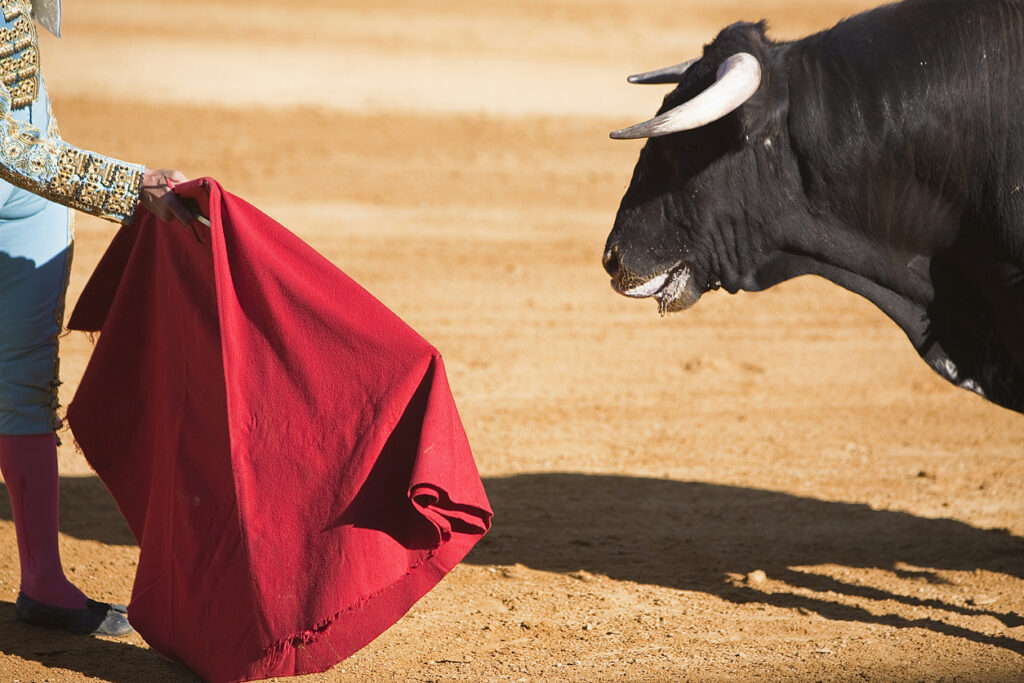
First things first—let’s talk about bull vision. Unlike humans, who have three types of color receptors (cones) in their eyes, bulls only have two. This makes them dichromatic, meaning they see the world in a more limited range of colors. Specifically, they have trouble distinguishing red from green. To put it simply, if you held up a red object and a green object in front of a bull, they would likely look like different shades of gray or brown. The bull wouldn’t be able to tell them apart the way we do. The same goes for that famous red cape—it’s not standing out to them as anything special based on color alone.
If bulls truly had a vendetta against the color red, they’d charge at anything red in sight—red fences, red flowers, even a person wearing a red shirt. But they don’t. Bulls only react when something is moving in a way that catches their attention. That’s why, in controlled experiments where multiple colored flags were placed in a ring, the bull ignored them completely. But the moment any flag started moving? Game on. Which brings us to the real reason bulls charge…
2. It’s the Motion, Not the Hue
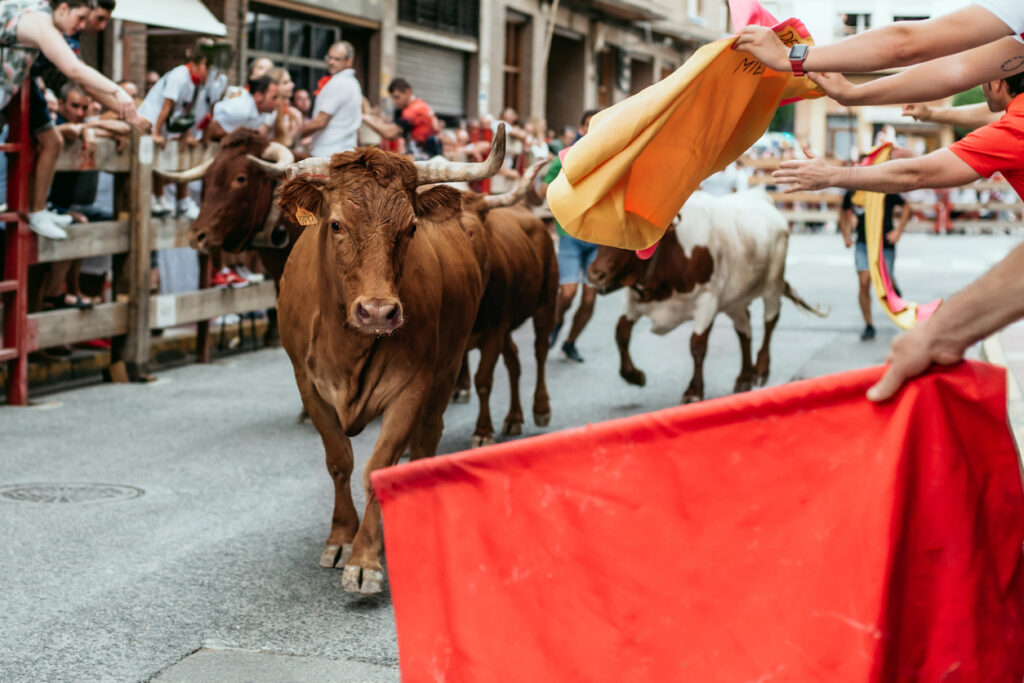
Imagine you’re minding your business, and suddenly, something starts flapping aggressively in front of you. Instinctively, your eyes snap toward it, your brain registers it as a potential threat, and your body tenses up. That’s exactly what happens with bulls. It’s not the color of the cape that provokes them—it’s the movement. The dramatic flicking, the sudden shifts, and the unpredictable swaying make the cape an irresistible target. Even the way matadors tease bulls—stepping in close, then swiftly moving away—adds to the sense of urgency and agitation. It’s like a game of keep-away, except the stakes are significantly higher.
In fact, you could replace that red cape with a blue one, a white one, or even one covered in polka dots, and the bull’s reaction wouldn’t change. As long as it’s being waved in an enticing, taunting way, the bull is going to charge. The red color is purely for our benefit—it creates a striking contrast against the dusty bullring, making the whole performance more visually intense. And speaking of performance, bullfighters have been perfecting this illusion for centuries, knowing full well that the spectacle matters more than the science.
3. The Color Red Was Chosen for Theatrics

Let’s be honest—red just looks dramatic. It’s the color of passion, danger, and intensity. If matadors used a beige or navy-blue cape, the whole event would feel significantly less exciting. Red has long been associated with power and adrenaline, which is exactly the kind of energy that bullfighting events want to evoke. The color choice is all about human psychology, not bovine behavior. It’s a carefully crafted visual trick designed to heighten the experience for the audience. The cape itself even has a special name—muleta—which is only used in the final act of the fight to add an extra layer of grandeur.
Beyond the drama, red also serves a practical purpose: it hides blood. Bullfighting is a violent tradition, and by the end of a match, a matador’s cape is often stained. Red helps mask the mess, maintaining the illusion of elegance and control. If the cape were white, for example, the brutal reality of the sport would be much harder to ignore. So while bulls couldn’t care less about the color, the audience definitely does. And as history has shown, sometimes it’s more important to sell a myth than to correct it.
4. Bulls Aren’t Just Walking Rage Machines
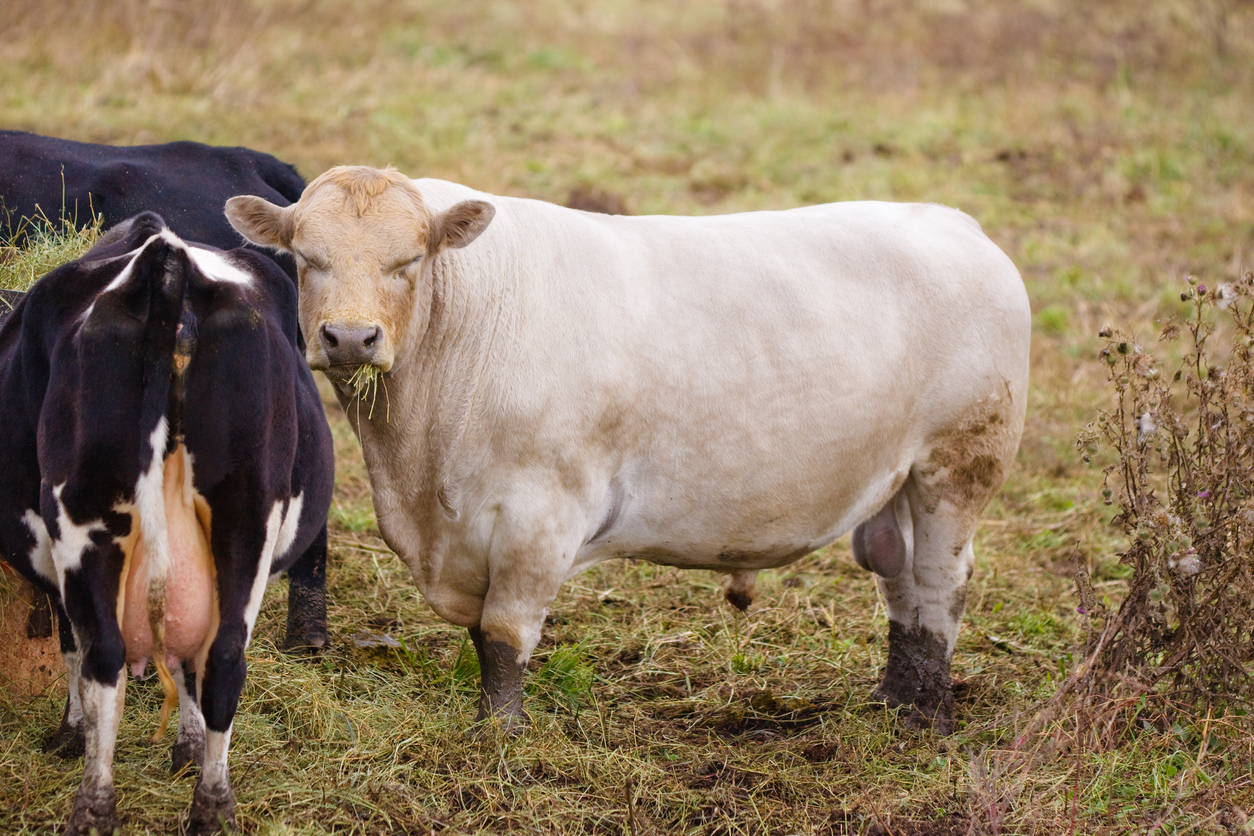
Despite their reputation, bulls aren’t inherently aggressive. Left to their own devices, they’d much rather graze, lounge, and mind their own business than pick a fight. The reason bulls charge in an arena isn’t because they have a deep-seated hatred for red—it’s because they feel threatened. Imagine being forced into a loud, chaotic environment, surrounded by thousands of yelling spectators, bright lights, and a person deliberately provoking you. It’s stressful, to say the least. The bull’s instinct to charge is a defense mechanism, not an uncontrolled fury toward a color. Many people assume bulls are naturally short-tempered, but in reality, their reactions are completely normal responses to an unnatural environment.
Outside of the ring, bulls are actually quite docile unless provoked. The image of them as mindless, angry beasts has more to do with human storytelling than actual bovine behavior. In reality, bulls are just as capable of being calm, social animals as any other livestock. But like many myths, the “red rage” belief has stuck around because it fits neatly into an exciting narrative—just like another famous animal misconception that Hollywood has happily exaggerated.
5. This Myth Is a Lot Like “Sharks Go Crazy at the Smell of Blood”
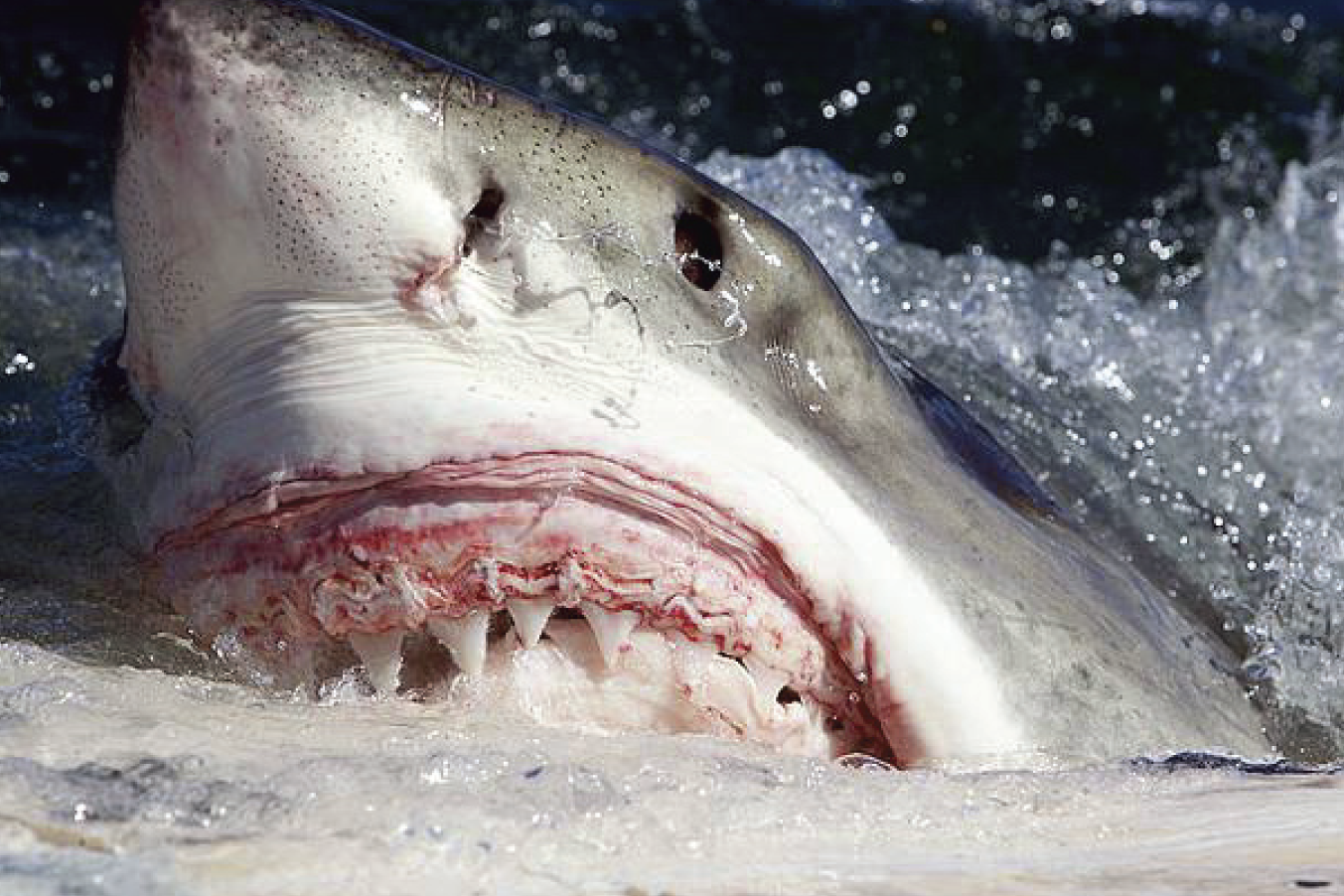
If you’ve ever watched a shark documentary (or Jaws), you’ve probably heard that a single drop of blood in the water can send sharks into a frenzied, unstoppable attack mode. It’s a terrifying idea… and also wildly exaggerated. While sharks can detect blood, they aren’t mindless killers who will chase anything bleeding. Similarly, bulls don’t charge because they see red—they charge because they’re reacting to movement, threat perception, and stress. These kinds of myths thrive because they make for compelling, easy-to-digest stories that leave a lasting impression.
Both of these myths exist because they make for great storytelling. The idea of a killer shark that can smell fear (or at least blood) from miles away is far more thrilling than the reality: sharks are selective hunters, and many species aren’t even aggressive toward humans. Likewise, the vision of an enraged bull charging toward a red cape is far more compelling than the actual truth—that they’re simply responding to motion and provocation. But if humans are so quick to believe these myths, what keeps them alive despite the evidence?
6. The Myth Survives Because It Feels True
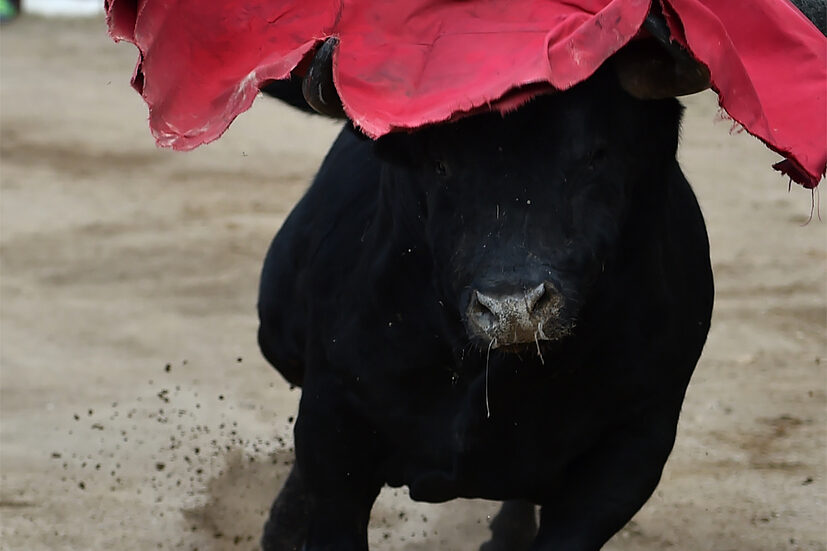
Despite all the evidence, the idea that bulls hate red still lingers. Why? Because red is symbolic. It’s the color of stop signs, fire trucks, and warning labels. Our brains are wired to associate it with urgency and danger. So when we see a bull charging toward a red cape, it feels like the red must be responsible. Add decades of pop culture reinforcement—cartoons, movies, and sports commentary—and it’s easy to see why this myth refuses to die. Even educational materials have, at times, repeated this misinformation, making it even harder to correct.
But now, you know better. The next time someone confidently declares that bulls see red and instantly become furious, you can set the record straight. Or, if you’re feeling particularly bold, you could test the theory by waving a completely different color in front of them (just… maybe from a safe distance). And as it turns out, this myth is just one of many that remind us how easily fiction can become accepted as fact.
7. This Isn’t Just About Bulls—It’s About How Easily We Believe Myths

At the end of the day, the “bulls hate red” myth is more than just a funny misunderstanding—it’s a perfect example of how easily misinformation spreads and sticks. Think about it: if something as simple as bull vision can be misrepresented for decades, how many other everyday “facts” do we believe without question? How often do we accept something as true just because we’ve heard it so many times? The truth is, humans love stories more than we love scientific accuracy. We latch onto narratives that feel exciting, even if they’re wrong. It’s why urban legends persist, why fake news spreads like wildfire, and why some people still think cracking your knuckles gives you arthritis.
But here’s the cool part: knowing this gives us the power to think critically. The next time you hear a “fact” that seems a little too neat and tidy, take a second to question it. Look deeper. Science is full of surprises, and more often than not, the truth is even more fascinating than the myth. And as for bulls? They’re not out for revenge against the color red. They’re just animals trying to make sense of a world that keeps throwing capes in their faces.


